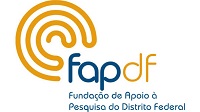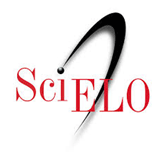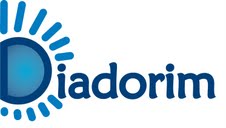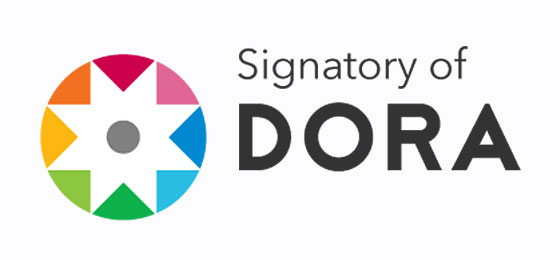O CENÁRIO DO AMBÍGUO TRAÇOS BARROCOS DA PROSA MODERNA
Keywords:
.Abstract
The essay raises the questions of the Baroque and the Neo-baroque, as situated within the discussion of the postmodernism as a defy to any essential notion of meaning. In reference to Omar Calabrese and Severo Sarduy it is asked whether the Baroque, as a metaphor or heuristic figure, is capable to detect specific topics of a postmodern culture as an aesthetic representation of an inherent epistemological instability. Following, an independent analysis of the novel of Raduan Nassar, Lavoura Arcaica, in which the Baroque is seen less in terms of a comparison with the historical baroque literature and more as a figurative characteristic in the narrative organisation of the text. The analysis shows how the narative is converted into a scene of the ambiguous in which a unique meaning is sacrificed in the bifurcation of readings that interdicts the hermeneutic satisfaction in recognising a hidden meaning. On the contrary, it forms a genuine clair/obscure in which the expressive level is not any more an access to real meaning but a dissemination of the possibilities to resolve the secrets of the text. Finally, it shows how the novel is inscribed in the baroque scepticism towards the romantic-modem subjectivity. It deconstructs the psychological intimacy of the narrator and reveals the discourse as profoundly unrealiable.
Downloads
References
ÁVILA, Affonso. O lúdico e as projeções do mundo barroco. Perspectiva, São Paulo, 1980.
BARTH, John. The literature of exhaustion in.: The friday book. Perigee, New York, 1967.
BARTH, John. The literature of replenishment in.: The Atlantic. Boston, Jan. 1980.
BAZIN, Germain. Baroque and rococo. Thames and Hudson, London, 1964.
BORGES, Jorge Luis. Prosa completa, Vol. I. Bruguera, Barcelona, 1980.
BENJAMIN, Walter. Origem do drama barroco alemão. Brasiliense, São Paulo, 1984.
BUCI-GLUCKSMANN, Christine. La raison baroque. Gahlée, Paris, 1984; La folie de voir - De 1’esthétique baroque. Galilée, Paris, 1986; Tragique de I’ombre. Galilée, Paris, 1990.
BUSTILLO, Carmen. Barroco y America Latina, un itinerário inconcluso. Monte Ávila, Caracas, 1990.
CALABRESE, Omar. A idade neobarroca. Martins Fontes, São Paulo, 1989.
CARPENTIER, Alejo. Elo barroco y lo real-maravilloso in.: Ensayos. Letras Cubanas, Habana, 1984.
CAMPOS, Haroldo de. “Ruptura dos gêneros na literatura latino-americana”, in.: America Latina em sua literatura. Perspectiva, São Paulo, 1987. O seqüestro do barroco na formação da literatura brasileira: o caso Gregário de Matos. Fundação Casa Jorge Amado, Salvador, 1989. Metalinguagem e outras metas. Perspectiva, São Paulo, 1992.
CANDIDO, Antonio. Formação da literatura brasileira, momentos decisivos. I9 Vol. Martins, 3. ed., São Paulo, 1969.
CHIAMPI, Irlemar. “Neobarroco na era do pós-modemismo” in.: Folha de S. Paulo, Caderno Mais, 7 de fevereiro, 1993; El barroco en el ocaso de la modernidad in.: Cadernos do mestrado/literatura. n9 8. UERJ, Rio de Janeiro, 1994.
DELEUZE, Gilles. Le pli. Minuit, Paris, 1988.
D’ORS, Eugenio. Du Baroque. Gallimard, Paris, 1985.
FOCILLON, Henry. La vie des formes. Flammarion, Paris, 1934. A vida das formas.
FOUCAULT, Michel. Les mots et les choses. Gallimard, Paris, 1966.
GENETTE, Gérard. D’un récit baroque in.: Figures II. Seuil, Paris, 1969.
GRUZINSKI, Serge. “Do Barroco ao neobarroco: fontes coloniais dos tempos pós-modemos. O caso mexicano”, in.: Literatura e história na América Latina, Ligia Chappini & Flavio Wolf de Aguiar (orgs.). Edusp, São Paulo, 1993.
HANSEN, J.A. A sátira e o engenho. Companhia das Letras, São Paulo, 1989; “Pós-modemo e Barroco” in.: Cademos do mestrado/literatura. n9 8. UERJ, Rio de Janeiro, 1994.
HATZFELD, Helmut. Estudos sobre o Barroco. Perspectiva, São Paulo, 1988.
HOCKE, Gustavo R. Maneirismo, o mundo como labirinto. Perspectiva, São Paulo, 1986.
HUTCHEON, Linda. A theory of parody. Methuen & Co., New York, 1985; A poetics of postmodernism. History, theory, fiction. Routledge, London - New York, 1987.
JOSEF, Ruth Rissin. “O universo primitivo de Lavoura Arcaica, de Raduan Nassar” in Revista de Psicanálise do Rio de Janeiro. Relume Dumará, Rio de Janeiro, 1992.
LACAN, Jacques. “A esquize do olho e do olhar” in.: O Seminário IL Os quatro conceitos fundamentais da psicanálise. Jorge Zahar, Rio de Janeiro, 1984; “Do barroco” in.: O seminário 20. Jorge Zahar, Rio de Janeiro, 1985.
LIMA, Lezama. A expressão americana. Brasiliense, São Paulo, 1988.
MARAVALL, José Antonio. La cultura del Barroco. Ariel, Barcelona, 1986; Antiguos y modernos. Alianza Universidad, Madrid, 1986.
NASSAR, Raduan. Um copo de cólera. Brasiliense, São Paulo, 1987; A lavoura arcaica. Companhia das Letras, São Paulo, 1989.
PAZ, Octavio. Sor Juana Inés de la Cruz o las trampas de la fe. Seix Barrai, Barcelona, 1982.
PERNIOLA, Mario. “Enigmi barocchi e neobarochi” in.: Enigmi - II momento egizio nella società e nell 'arte. Edizione Costa & Nolan, Genova, 1990.
ROUSSET, Jean. La littérature de l'âge baroque en France. José Corti, Paris, 1954.
SARDUY, Severo. “O barroco e o neobarroco” in: America latina em sua literatura. Perspectiva, São Paulo, 1979. El barroco ensayos generales. Fondo de Cultura Econômica, México-Buenos Aires, 1987.
TAPIE, Victor L. O Barroco. Cultrix, São Paulo, 1983.
WELLEK, René. The concept of Baroque in literary scholarship in.: Concepts of criticism. Yale Univ. Press, New Haven, 1963.
WOLFFLIN, Heinrich. Renascença e Barroco. Perspectiva, São Paulo, 1989. ZIZEK, Slavoj. Looking awry. MIT, London, 1991.
Downloads
Published
How to Cite
Issue
Section
License
Copyright (c) 2022 Revista Sociedade e Estado

This work is licensed under a Creative Commons Attribution-NonCommercial 4.0 International License.

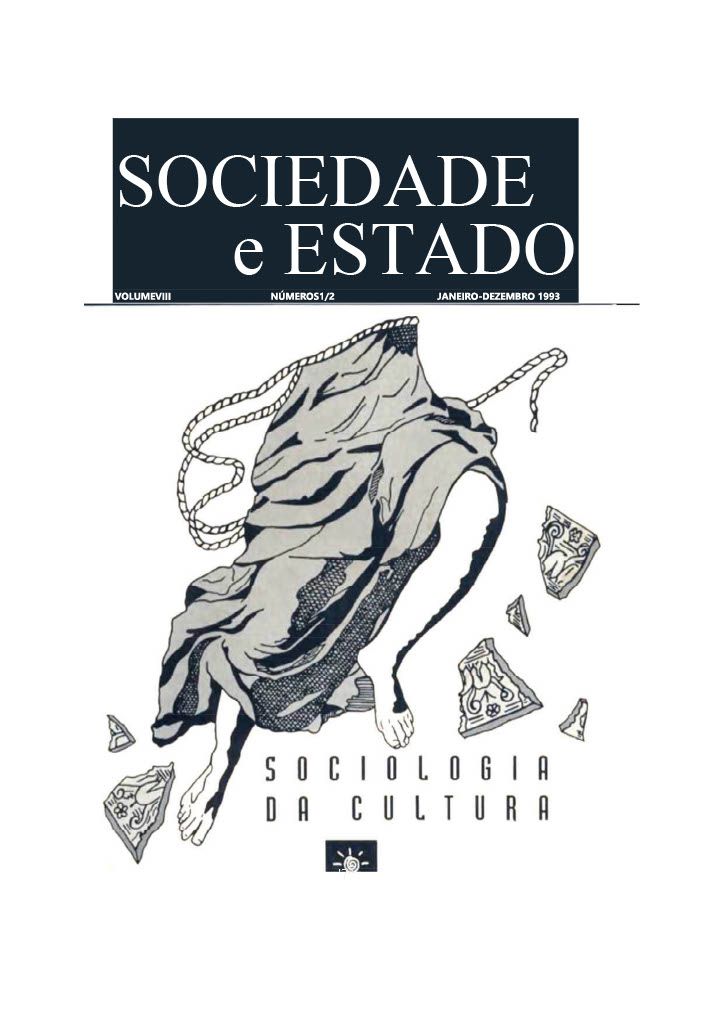


.jpg)


